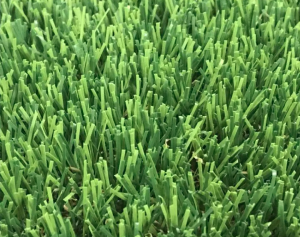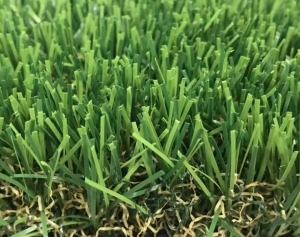Having well-maintained landscape grasses can greatly enhance the overall beauty and appeal of your garden. Not only does it provide a lush green carpet, it also creates an inviting outdoor space to relax and enjoy. However, maintaining a landscaped lawn takes some effort and regular care. In this article, we'll discuss some basic tips on how to keep your lawn healthy and vibrant.
1. Regularly mow your lawn: One of the most critical steps in maintaining your landscape lawn is regular mowing. Set the mower blades to the appropriate height for your grass species. As a general rule, never remove more than one-third of the grass height in one mowing pass. Regular mowing helps promote healthy growth, prevents thatch buildup, and prevents weeds from growing.
2. Water effectively: Proper watering is critical to the health of your grass. Water deeply infrequently to encourage deep root development. This helps your grass become more drought tolerant and resilient. Water early in the morning to reduce evaporation and avoid overwatering the grass blades, which can lead to disease.
3. Proper fertilization: Regular fertilization is necessary to provide the essential nutrients your grass needs to grow. Before fertilizing, perform a soil test to determine the specific nutrient needs of the grass. Choose a high-quality fertilizer with a balanced ratio of NPK and follow the recommended application rates. Be sure to water the grass after fertilizing to allow the nutrients to penetrate the soil.
4. Control weeds: Weeds can negatively affect the health and appearance of landscape grasses. Take appropriate weed control measures, such as regular hand weeding or the use of herbicides when necessary. Be careful when using herbicides so as not to damage the grass and surrounding plants. Follow the directions carefully and consider organic weed control options when possible.
5. Aerate the soil: Over time, the soil in your garden can become compacted, preventing proper air circulation and water absorption. Aerating the soil helps relieve compaction by creating small pores that allow air, water and nutrients to reach grass roots. Use a lawn aerator or hire a professional lawn care service to perform this task.
6. Monitoring of pests and diseases: Regularly check the grassland for signs of pests and diseases. Watch for discoloration, thinning, or patches of dead grass. If you notice any problems, consult a professional to determine the problem and implement appropriate controls. Early detection and treatment can prevent further damage and ensure the health of your lawn.
7. Avoid excessive foot traffic: Grass is easily damaged by excessive foot traffic, especially on wet ground or during periods of extreme heat or drought. Limit pedestrian traffic on grassy areas and consider creating designated paths or installing stepping stones to protect heavily used areas.
In conclusion, maintaining a landscape lawn requires regular care and attention. By following these tips for mowing, watering, fertilizing, weed control, aerating, pest control, and minimizing foot traffic, you can ensure the health and beauty of your lawn. With proper maintenance, your landscape lawn will flourish and provide you with a vibrant green lawn for your enjoyment.
Post time: Jun-25-2023


